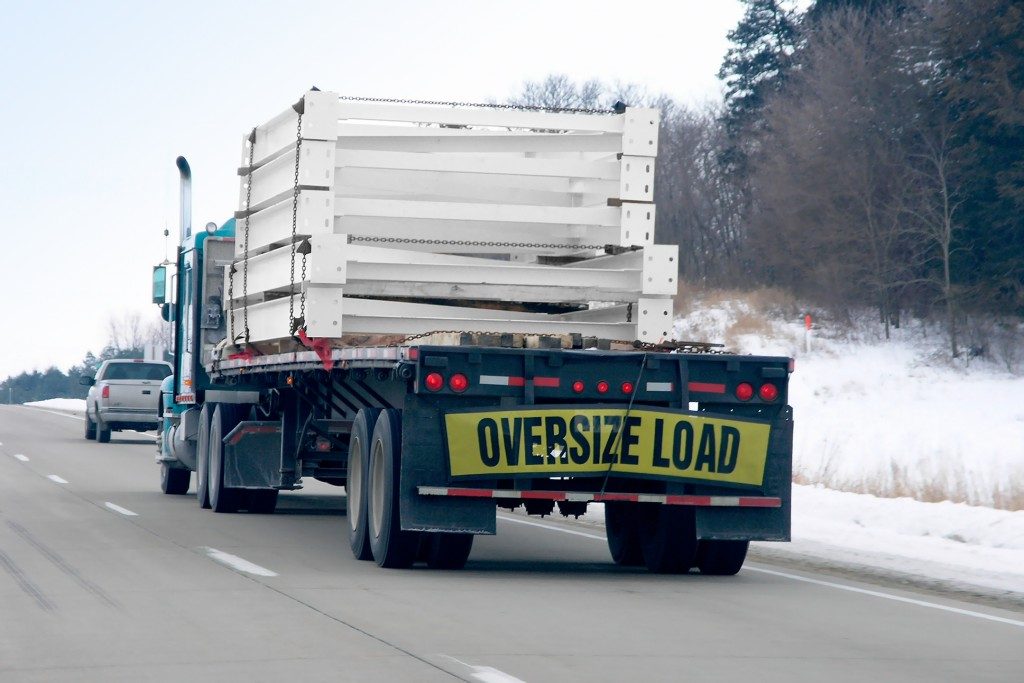When you’re thinking of hauling your product across the country, one of your best possible choices for the job is a flatbed truck. Flatbeds are more convenient and comfortable to drive than the semi-trailers, so you might prefer to get one for your transport fleet. However, a truck is still a truck, and you’ll need to handle it well to get the best out of it. Here is how you can properly load and maintain your flatbed for the best results:
Know What You’ll Be Hauling
Different loads have different requirements. Flatbed trucks are usually used to transport durable items don’t much protection from the elements. Most of the time, all you need is just a tarp. However, some loads require additional attention like chains or special pallets. For example, pre-fab construction materials will need more care than usual. You might also need additional coverage if they are prone to mildew or rust.
Another thing to know about your load is the size and weight of it. Depending on your flatbed, it might not be able to handle the weight or the dimensions. You need to plan it out so that your truck would be able to carry it without being overloaded or cause problems when driving.
Install the Needed Equipment

Flatbeds look naturally bare, but some upgrades and accessories can make it easier for loading and transporting. For example, installing trailer skates on your trailer can significantly increase loading times because all you’ll need to do is to slide in and out the pallets. Some loads require specific equipment, so installing them will be necessary. The necessary chains will also need to be bought. A good rule of thumb is one chain for every 10,000 pounds.
Check the Load
When you’ve loaded everything, the final step before leaving is to check whether the load is secured correctly. This is very important. Don’t even think of moving the truck before you can confirm that the load is adequately secured. Additionally, after the first hour of driving, you should stop and check the weight. The movement of the truck could have affected the bindings, and it might have gotten loose. Do checks regularly on the trip so that the load is secure.
Pack and Wear the Right Gear
When you are loading or unloading, your people should be wearing protective gear: a hard hat, a vest, and safety glasses. On the road, your drivers should wear coveralls to keep themselves clean on the drives. This helps greatly when bad weather is on the horizon.
Additionally, all of your flatbed trucks should have a repair toolbox and spares with them. You will also want to have them pack a cordless drill with an Allen key head to make it easier to secure the straps and chains.
With the tips above, you can be assured that your flatbed will be loaded appropriately and be on its way in no time. With more confidence in your trucks and drivers, your delivery times will be much faster, and you can be assured of meeting orders from anywhere in the country.
